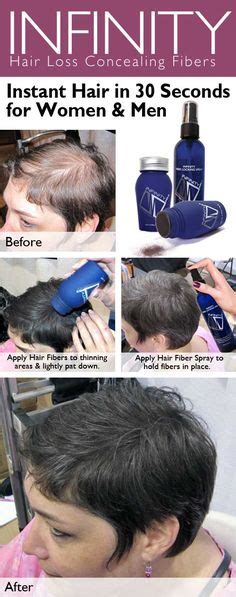Losing hair can be a traumatic experience, affecting one’s self-esteem and overall well-being. Millions of people worldwide suffer from hair loss, with various factors contributing to this condition. Fortunately, technological advancements have led to innovative solutions like the “hat of hair,” offering hope for those seeking to regain their youthful appearance.

What is a Hat of Hair?
A hat of hair, also known as a hair topper, is a non-surgical hair replacement system designed to conceal thinning hair or bald spots. It consists of a base that adheres to the scalp and is attached to real or synthetic hair fibers. Unlike wigs, which cover the entire head, hair toppers provide a more natural and discreet solution, targeting specific areas of hair loss.
Types of Hat of Hair
Hair toppers come in various types, each catering to different needs and preferences:
- Synthetic Hair: Made from human-looking synthetic fibers, these toppers are affordable and easy to maintain. They’re suitable for temporary use or as a budget-friendly option.
- Human Hair: Toppers crafted from real human hair offer a more natural appearance and can be styled and colored as desired. They’re more expensive than synthetic hair toppers but provide greater longevity.
- Mono Base: These toppers feature a thin, transparent base that mimics the scalp, providing a realistic effect. Mono base toppers allow for better air circulation and are ideal for sensitive skin.
- PU Base: Polyurethane (PU) based toppers offer durability and hold well in different weather conditions. They’re often used for long-term hair loss solutions.
Why Use a Hat of Hair?
Hair toppers offer several benefits for individuals experiencing thinning hair:
- Conceals Hair Loss: They effectively conceal bald spots or areas of thinning hair, restoring a fuller and more youthful appearance.
- Boosts Confidence: Regaining hair can significantly improve self-esteem and confidence levels, enhancing one’s overall well-being.
- Convenient: Hair toppers are easy to apply and remove, providing a convenient solution for temporary or long-term hair loss.
- Non-Surgical: Unlike hair transplants or other surgical procedures, hair toppers offer a non-invasive and affordable hair restoration option.
- Customizable: Toppers can be customized to match the individual’s hair color, texture, and density, ensuring a natural and seamless blend.
The Hat of Hair Industry
The market for hair toppers has grown exponentially over the past decade. According to a report by Grand View Research, the global hair topper market was valued at $3.65 billion in 2023 and is projected to reach $8.52 billion by 2030. The increasing prevalence of hair loss and the demand for non-surgical hair restoration solutions are driving this growth.
Pros and Cons of Hair Toppers
Pros:
- Conceals hair loss effectively
- Boosts confidence and self-esteem
- Easy to apply and remove
- Non-surgical and affordable
- Customizable to match hair color and texture
Cons:
- Can be expensive, depending on materials and customization
- Requires regular maintenance and styling
- May not be suitable for all types of hair loss
- May slip or shift if not properly secured
Effective Strategies for Using Hat of Hair
- Choose the Right Base: Select a base material (mono or PU) that suits your skin type and hair loss pattern.
- Match Hair Color and Texture: Ensure the topper’s hair color and texture closely match your own hair for a natural blend.
- Proper Application: Follow the manufacturer’s instructions carefully for proper application and secure attachment.
- Regular Maintenance: Brush and wash the topper regularly to maintain its appearance and lifespan.
- Avoid Excessive Heat: Protect the topper from excessive heat from hair dryers or styling tools, as it can damage the fibers.
Innovative Applications of Hat of Hair
The technology behind hair toppers is constantly evolving, opening up new opportunities for innovative applications:
- Medical Applications: Hair toppers can help individuals with medical conditions that cause hair loss, such as alopecia and chemotherapy.
- Fashion Statement: Some fashion-forward individuals use hair toppers to experiment with different hair colors and styles without the commitment of permanent hair coloring or extensions.
- Cosplay: Hair toppers are used in the cosplay community to create intricate hairstyles and costumes for fictional characters.
- Gender Expression: Transgender and non-binary individuals often use hair toppers to achieve their desired gender expression.
Conclusion
Hat of hair, an advanced synthetic hair replacement system, offers a non-surgical and effective solution for individuals experiencing hair loss. It conceals thinning hair, boosts confidence, and provides a more youthful appearance. As the industry continues to grow and innovate, hair toppers will undoubtedly play a significant role in the future of hair restoration and self-expression.
